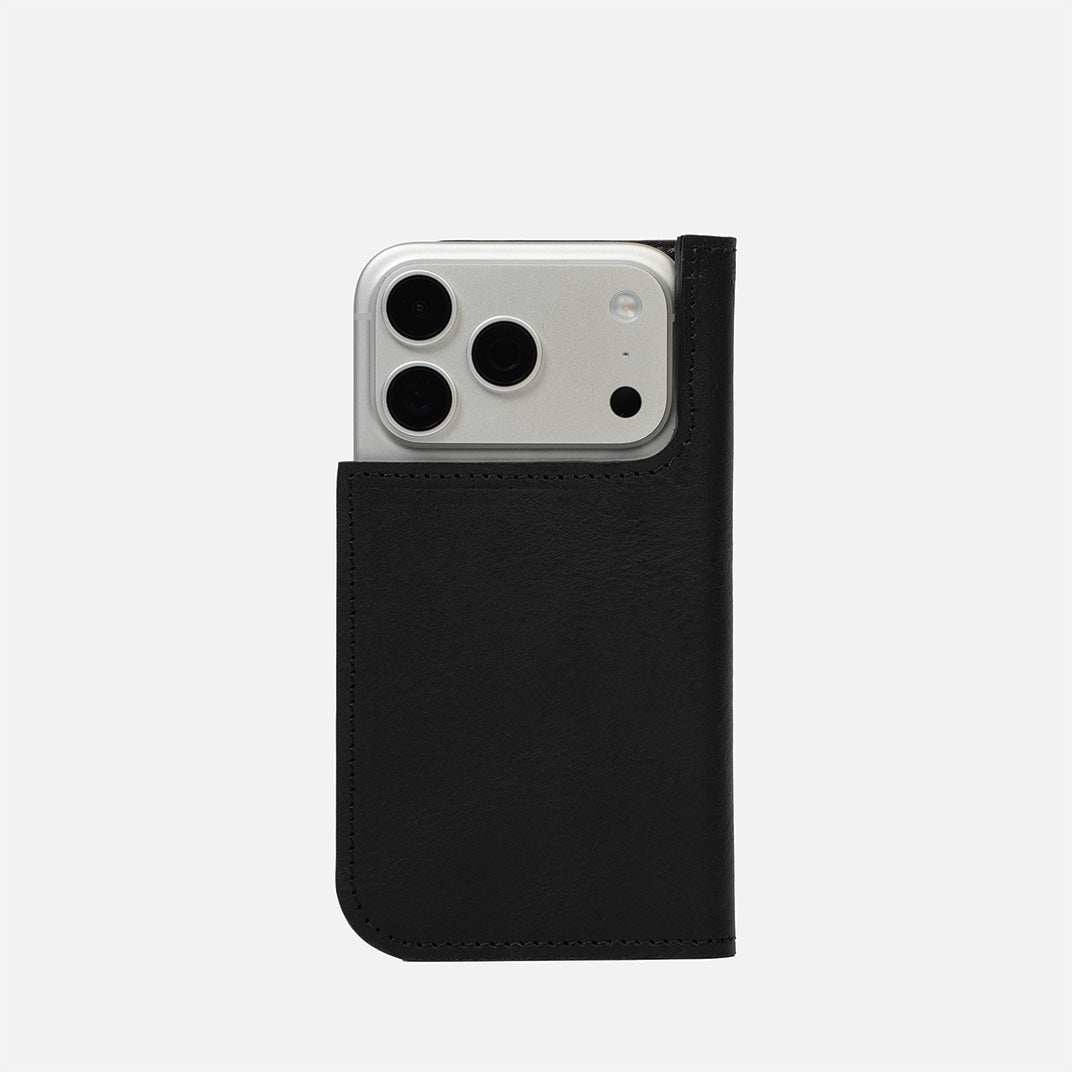In this guide, we will cover the features of the iPhone keyboard, how to customize your keyboard settings, tips to improve your typing experience, and troubleshooting common keyboard issues. By the end of this guide, you'll have a comprehensive understanding of the iPhone keyboard and be able to use it to its fullest potential. So let's get started!
Features of the iPhone Keyboard
-
Autocorrect: Autocorrect is a feature that automatically corrects common spelling mistakes as you type. This can save you time and prevent embarrassing typos. To use autocorrect effectively, simply continue typing as normal and the iPhone will suggest corrections if it detects a mistake.
-
Predictive text: Predictive text is a feature that suggests words or phrases based on what you're typing. This can help you type faster and more accurately, as it saves you from having to type out long words or phrases. To use predictive text, simply start typing and the iPhone will suggest words or phrases in a bar above the keyboard.
-
Emojis: Emojis are a fun and expressive way to communicate. The iPhone keyboard offers a wide range of emojis that can be accessed by tapping the smiley face icon on the keyboard. Emojis can be searched for by keyword or by category.
-
QuickType Keyboard: QuickType Keyboard is a feature that allows you to swipe across the keyboard to type words quickly. This can be a faster and more efficient way to type than tapping each letter individually. To use QuickType, simply swipe across the keyboard to form a word.
-
Dictation: Dictation is a feature that allows you to speak instead of type. This can be a useful feature if you're in a hurry or if you find typing difficult. To use dictation, simply tap the microphone icon on the keyboard and speak the words you want to type.
Customizing Your Keyboard Settings
The iPhone keyboard comes with a range of customizable settings that can be tailored to suit your preferences. Here's how to access and customize your keyboard settings:
-
Go to Settings > General > Keyboard to access your keyboard settings.
-
From here, you can customize a range of settings, such as adding languages, turning on/off auto-capitalization and auto-correction, and enabling/disabling emojis.
-
You can also customize the appearance of your keyboard by choosing a new keyboard theme or changing the key click sound.
-
Some other settings that you can customize include enabling the one-handed keyboard, enabling the floating keyboard, and enabling the emoji keyboard.
-
By customizing your keyboard settings, you can improve your typing speed and accuracy, as well as personalize your keyboard to your preferences.
For example, if you find that the auto-correction feature is too aggressive, you can turn it off or adjust the level of correction. Or if you frequently type in multiple languages, you can add additional languages to your keyboard settings for more accurate predictive text.
Tips to Improve Your Typing Experience on iPhone
-
Use keyboard shortcuts: Keyboard shortcuts are quick key combinations that can save you time and effort when typing. For example, pressing the spacebar twice will insert a period and a space, which is useful for ending sentences quickly. There are many other keyboard shortcuts available, so it's worth exploring them to find the ones that work best for you.
-
Swipe to type: Swiping to type, also known as gesture typing, can be a faster and more efficient way to type than tapping each letter individually. To use this feature, simply swipe across the letters to form a word. The iPhone will suggest words as you swipe, making it easier to form complete sentences quickly.
-
Use the dictation feature: The dictation feature allows you to speak instead of type. This can be a useful feature if you're in a hurry or if you find typing difficult. To use dictation, simply tap the microphone icon on the keyboard and speak the words you want to type. The iPhone will transcribe your words into text automatically.
-
Practice typing regularly: Like any skill, typing takes practice to master. The more you type, the more comfortable you will become with the keyboard and the faster you will be able to type. Try setting aside some time each day to practice typing, whether it's sending text messages, writing emails, or taking notes.
Troubleshooting Common Keyboard Issues
-
Keyboard not appearing: If the keyboard doesn't appear when you try to type, make sure that the app you're using allows text input. Some apps, such as games or video players, may not allow text input.
-
Auto-correct not working: If auto-correct is not working properly, try turning it off and then turning it back on again. You can also try resetting your keyboard dictionary by going to Settings > General > Reset > Reset Keyboard Dictionary.
-
Predictive text not working: If predictive text is not working, make sure that it is turned on in your keyboard settings. You can also try resetting your keyboard dictionary or clearing your cache.
-
Keyboard lag: If your keyboard is lagging or slow, try closing other apps that may be using up resources on your device. You can also try restarting your device or updating to the latest version of iOS.
-
Keyboard not responding: If your keyboard is not responding, try force quitting the app you're using and then reopening it. You can also try restarting your device or updating to the latest version of iOS.




